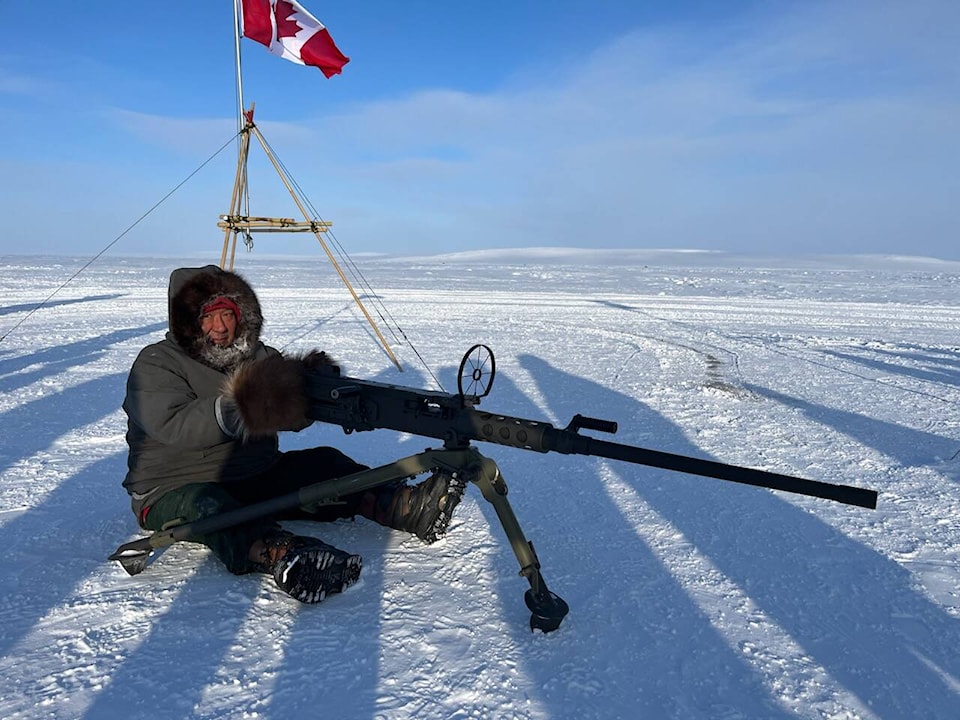There is no slowing Titus Allooloo down.
The 69-year-old Pond Inlet resident has spent decades of his life working in business and politics, most notably as a former member and cabinet minister of the Northwest Territories Legislature.
He has retired from that kind of work, but rather than settle into a quiet life at home, he now fills his days serving as a member of the 1st Canadian Ranger Patrol Group (1 CRPG), the branch of the Canadian Rangers responsible for Nunavut, the Northwest Territories, Yukon, and part of northern British Columbia.
“There is a very sparsely populated or nonexistent military presence up here in the Arctic,” he said. “Our job is mainly to be the eyes and the ears of the Canadian military.”
Allooloo has been serving with the Rangers, who are part of the Canadian Armed Forces Reserve but are not technically reservists, since roughly 2012.
Much of his responsibility concerns surveilling the ships that navigate the frigid waters of the Arctic, no matter the flag they are flying, and reporting what he sees to 1 CRPG’s headquarters in Yellowknife, who in turn relay the information to Ottawa.
The objective, he said, is to make sure the Canadian military and Government of Canada “can be informed as to what’s happening up here.”
“We do monitoring on ships — Canadian flag ships and foreign ships — especially in the Northwest Passage,” he said. “We’re to report them, regardless of where they come from.
“We also report vessels and aircrafts that we see.”
Allooloo and his fellow Rangers have many other responsibilities, notably teaching Arctic survival skills to members of the Canadian military, as well as search and rescue technicians and occasionally personnel from Europe and the United States.
His courses, which are not mandatory, provide instruction on staying warm without a heat source and building shelters, starting with structures like snow caves and ending with iglus.
“It’s always hard to adjust to the Arctic, even for us living up here,” he said. “With blizzards and wind and that sort of thing, we have a hard time, but we know how to survive in the worst conditions and we try to train the military.
“We teach them how to survive in the cold.”
It is difficult work, but Allooloo doesn’t intend to stop any time soon. He is still in good shape, and enjoys spending time outdoors. Just last summer, he boated from Iqaluit to Pond Inlet. He also enjoys sharing his knowledge, having taught a range of first-aid and survival courses over the years.
“I like the outdoors,” he said. “I like the expeditions.
“I like teaching. I like transferring my knowledge to the people who need to know.
“I’ll do it as long as I can.”
Allooloo was elected to his first term in the NWT legislative assembly in 1987, and served until 1995. He later joined the Nunavut Electoral Boundary Commission, which set the first electoral boundaries for the territory.
1 CRPG has “an establishment of 2,000 Canadian Rangers in 61 patrols and more than 1,400 Junior Canadian Rangers (JCRs) in 44 patrols located in 65 communities across the North,” according to the Government of Canada website.
Rangers work part-time, and “are paid when on duty,” the website said.
